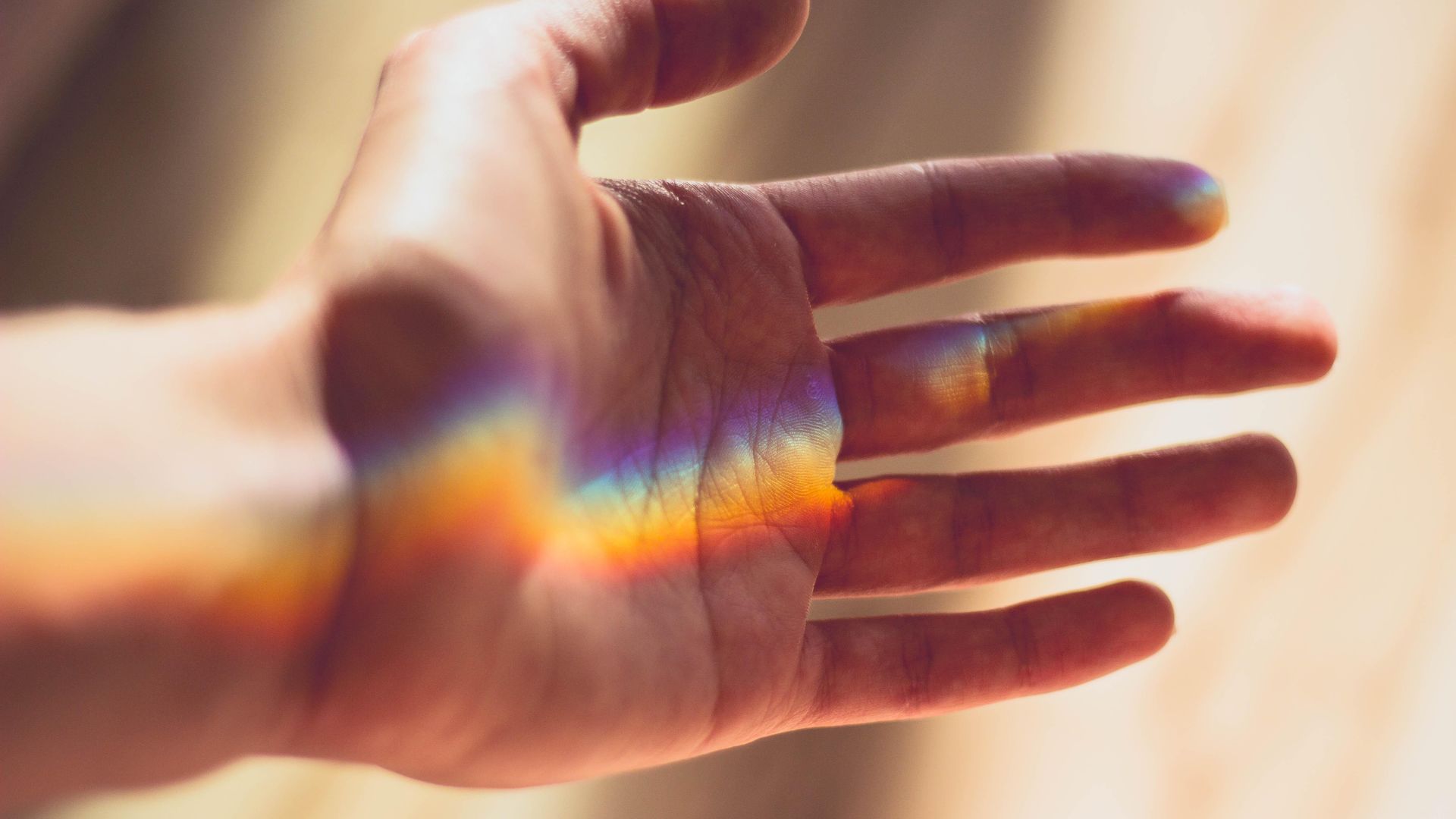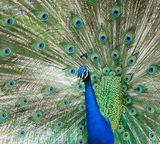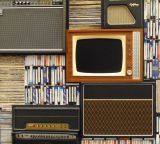Conversational Commerce
Marisa Tschopp

Creative expression with artificial intelligence
Personally, I refrained from engaging with it; a deliberate choice stemming from my awareness of the ethical ambiguities surrounding the treatment of artists and their creations. The disconcerting practice of companies utilizing artwork without obtaining proper consent for training their models was a point of concern. Moreover, I found the resulting trend towards sexualized and homogenized representations to be rather unsettling.
And then came the Barbie Movie in 2023, followed by the internet sensation, bAIrbie.me. Well, it didn’t exactly break the internet, but it did challenge my principles. I was hesitant to partake in this peculiar endeavor, allowing random companies to utilize my image for purposes known only to them. In a moment of weakness, I succumbed. I can’t quite explain why, but here I am today, transformed into a virtual Barbie version of myself. However, I refrained from sharing it on social media, fearing a potential storm of criticism for deviating from my steadfast values, or for not practicing what I preached.

A few months down the line, I found myself at the esteemed Swiss Science Center Technorama, poised to deliver a talk. It was there that I had the pleasure of encountering the remarkable Grit Wolany. Her keynote on AI-generated art was nothing short of awe-inspiring. She unveiled a world of vibrant beauty, an explosion of colors and a unique style, all underscored by her authenticity and infectious enthusiasm. Grit also shared how she leverages this technology in her classes at the Zurich University of the Arts (ZhDK), leaving me utterly captivated.
Honestly, it was a revelation. Finally, I witnessed from trustworthy sources how they harness this tool to amplify their creativity and enrich their artistic expressions. It was a moment that seamlessly blended admiration with a healthy dose of envy for their creative prowess!
A few weeks down the line, our paths crossed once more, this time within the hallowed halls of ZhdK. I was graciously extended an invitation to contribute a lecture to their intriguing course: AI Encounter. This program was tailored for individuals eager to dive into the realm of AI art, offering them the chance to explore various software under the guidance of mentors and diverse educators. To top it off, the course also delves into critical societal discussions. My lecture focused on the psychological and ethical dimensions of artificial intelligence, particularly honing in on our research concerning human-AI relationships.
In the midst of this enlightening experience, an intriguing proposition presented itself: An invitation to test drive Midjourney, a program I had heard whispers of but never dared to venture into, partly due to its non-gratuitous nature. The allure was irresistible. After all, how could I eloquently dissect and perhaps even critique the program without first-hand experience? Or is that merely an excuse masquerading as a rationale? It was a delightful conundrum that had me contemplating the thin line between curiosity and professional responsibility.
Now, some might argue that the proof is in the pudding, and I get it – so, I logged into Discord and began the ritual of prompting, or as the Midjourney enthusiasts call it, imagining. Yes, count me in on team imagine. So? How can you kickstart an imagination if you’re starting from ground zero? I decided to play it safe and kick things off with something familiar. Just a few days prior, I had snapped a picture of my husband and me proudly posing in front of our latest acquisition, a 1969 Chevrolet El Camino destined for restoration. So, naturally, my initial prompt was set: “A couple in front of a 1969 El Camino.” And voila, this was the result!

The initial prompt resulting in nudity certainly marks an unexpected turn of events. Yet, under the guidance of our mentor, Grit, we refined our prompts and swiftly addressed any technical oversights, forging a collaborative process akin to co-creation. As I poised to submit each prompt, watching Midjourney’s computational gears turn, a sense of eager anticipation swept over me. It was akin to the fluttering of butterflies in the stomach — that thrilling uncertainty of what visual marvels it would conjure next. This feeling was especially pronounced when I set out to craft visuals of profound personal significance. My aim was to create compelling imagery for my research on human-AI relationships — visuals that straddled the boundary between the real and the fantastical, where humans and cyborgs seamlessly coexisted in the gleaming landscapes of a future era.

For good reasons, on social media platforms, many rant against use of such humanized, sci-fi pictures in any AI-related context. While these warnings certainly hold merit, they also laid bare the vulnerability inherent in our desires. I yearned for those images and I loved them.
I spent countless hours to crafting imaginative visuals for my friends, experimenting with unconventional prompts that pushed the boundaries of creativity. From piecing together a face from an assortment of puzzle fragments to sculpting a man out of a swarm of insects, and even conjuring a mountain formed entirely of graceful butterflies, I explored a diverse array of artistic expressions.

In one particularly adventurous session, I ventured into uncharted territory, experimenting with ketchup as a prompt. However, I ultimately had to remove these creations, recognizing that they ventured into what the community terms as gore, and thereby ran afoul of established guidelines. It was an eerie revelation, shedding light on the lengths to which individuals go to generate images that, while creatively stimulating, may inadvertently breach the bounds of acceptability. In this dynamic, seemingly macabre realm, scenes of bloodshed and violence are ingeniously replaced with tomato sauce, and combat scenarios are transformed into choreographed martial arts displays. This intriguing dichotomy underscores the intricate dance between artistic expression and community standards.
Hours upon hours were invested in the meticulous creation of images for what I affectionately coined my Dune-inspired collection. This stemmed from a genuine enthusiasm for a cinematic masterpiece I wholeheartedly recommended to all, particularly emphasizing the recent adaptation, while acknowledging the merits of its predecessor. The challenges were substantial. Sculpting the likeness of a dark-skinned Arabic woman required a delicate balance of artistry and precision. Similarly, the integration of a spaceship amidst a backdrop of roaring flames and swirling dust demanded a meticulous approach in reimagining, remixing, upscaling, zoomin in and zooming out. It was a process marked by dedication, where each prompt (and admittedly, Grits master help) contributed to the realization of a vivid vision.

If you have even a bit of an artistic streak, you might understand my excitement. In my teenage years, I dreamed of becoming a manga artist, completely immersed in the world of drawing Japanese comics. It was a process that demanded hours of focus and dedication. I’d get lost in it, often feeling satisfied with the outcome. I could bring characters and stories to life, knowing that every detail, from their eyes to the tiniest strands of hair, were created by my own hand. The feeling I get now when working with AI-generated art is similar. It’s like looking at something I have created, something that feels like my own unique piece of art.

However, it’s important to acknowledge that while prompting art requires skill, it’s not solely my work. It’s a collaborative effort. This duality necessitates critical reflection, asking us to recognize and accept that it’s a shared endeavor. Well, actually, it would be strange to call it collaborative or shared when most of the artists never gave their consent to train these models. Their art out there was used without consent.
One of the most pressing legal and ethical problems lie in the realm of intellectual property, determining rightful ownership and authorship of art produced by AI systems. Moreover, issues of consent and agency come to the forefront, as AI systems lack the capacity to provide informed consent or comprehend the implications of their creations. The article by Jiang et al., presented at the 2023 AIES conference, offers a captivating read. However, a word of caution: It might just shift your perspective on how you view and utilize AI-generated art.
My own experiences represent for me a stark reminder of the ethical quandaries that lurk in the shadows of technological innovation. It is a testament to how quickly we can slide down the slippery slope from creative expression to dubious exploitation. The clash between artistry, consent, and corporate greed takes center stage, leaving us to ponder just how far we’re willing to go in the pursuit of the perfect avatar.
Our experts will get in contact with you!

Marisa Tschopp

Marisa Tschopp

Marisa Tschopp

Marisa Tschopp
Our experts will get in contact with you!